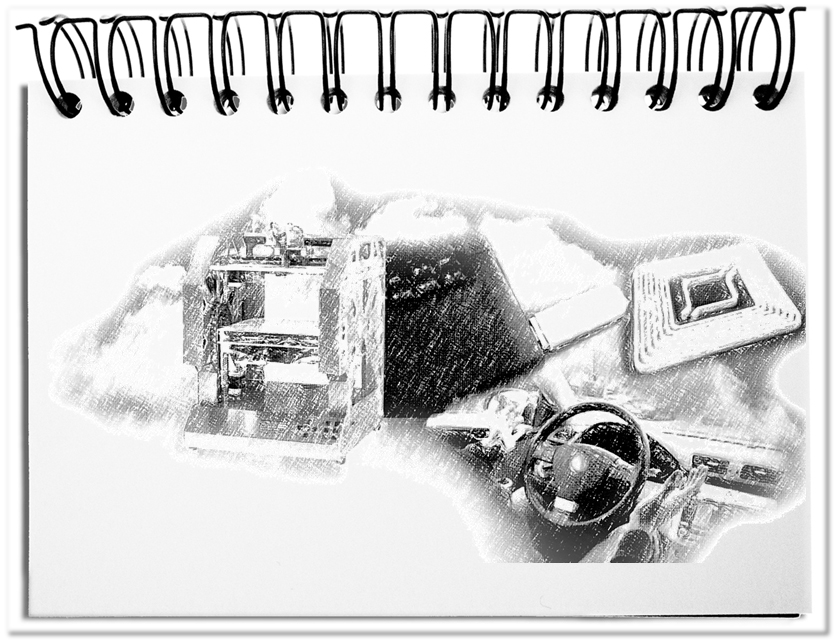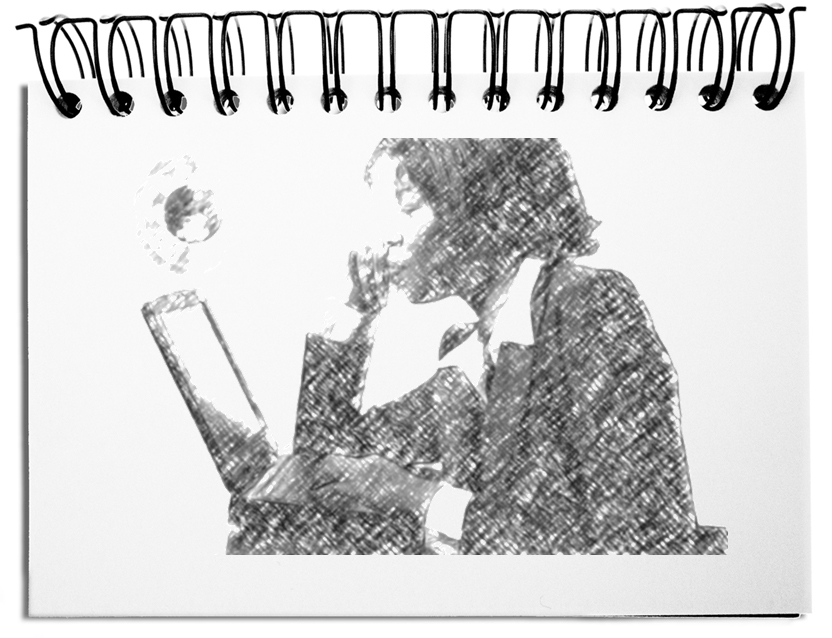In contrast to the automobiles, the information technology changes our way of living faster and more radical. The car had to wait for the mass production, before it could start its huge success. Many of the IT-solutions that require new abilities in the future are already 24 hours, 7 days a week in use. You do not have to speculate, but only to take the time to deal with it, because the future has already begun.
As long as electricity comes from the power socket, the following technologies will affect our way of living and working.
- Mobile Internet
The drivers are the mobile terminals and the permanent availability of the Internet. You certainly already use portable computers, like a laptop or a tablet computer, a Smartphone or maybe already a Smartwatch. Do you read this block on your way to work? - The Internet of things
IT-based sensors can be installed cheaply everywhere. Thus, the localization of things is automated. This data can be stored and evaluated to take better decisions and to improve processes. Did you track your last parcel order and found out the exact delivery time? - Cloud technology
The uninterrupted availability of the net allows the access to your datacenter at any time in the so-called Cloud. A datacenter enables via Internet the use of your applications and the access to common or personal data for your devices. Did you check your emails in the Cloud before reading this block? Or do you open them hereafter? - Maximally autonomous vehicles
Vehicles have already for a long time a variety of interconnected IT-sensors. The automation of driving is the foreseeable next step. Many manufacturers drive already fully automatic with autonomous vehicles on the German Autobahn – although under human observation. The car finds its way, steers safely through the traffic, accelerates and brakes, and has its exact position at any time. Do you follow the instructions of your navigation system without contradiction? - 3D printing
Maybe many of us know the matrix printers that printed 30 years ago texts with pixelated letters on continuous paper by means of an ink ribbon. We are today at the beginning of the respective development for three-dimensional object printing. The resolution and the materials soon cannot be differentiated from industrially manufactured products. That way, things can be arbitrarily exchanged over the Internet as 3D data. Physical transport will be limited to the procurement of the expendable material, the plastics. Do you have already a printed 3D Object?
These technologies are not only imaginable; they are already available for a reasonable prize. Since we are all affected or soon will be, we should ask ourselves the following questions for each of these developments.
- What does the new technology mean for me?
- What are the opportunities for me?
- How long does it take, until the consequences reach me?
Bottom line: The look ahead requires only open eyes on today’s available solutions. Then, the personal situation can be extrapolated with fantasy into the future. This allows at an early stage to start measures to benefit from these new opportunities.
These and further inspirations are in the following McKinsey report. McKinsey report


